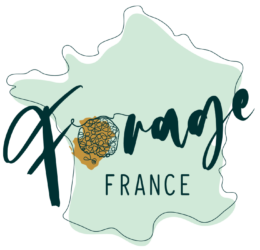We can often hear animals before we see them. A good way to know if animals are around is to listen for their calls and the sounds of their movements. Go to the place where you think you’ll be able to hear the greatest variety of animal sounds. then close your eyes and listen with a deep attention for sounds such as…
The drumming of a woodpecker… the buzzing of a fly… Wind rushing through the treetops… Water cascading down a water pipe.. an unknown bird calling from far away…

Using a sheet of paper place an X in the centre of the paper to show where you are sitting. then, for each sound you hear, draw a mark on the map that shows how far away the sound is and the direction. See if you can draw marks that look like the sounds.
you can use a paper cup with the bottom cut out to enhance the sounds that you are listening to.
You need to spend a good 10 minutes to make a good sound map.
How many sounds did you hear?
What animals did you hear?
Describe the animal sounds you could not identify.
Most of all, as usual, have fun!






